Riding the whirlwind that is AI, QCT returned to the all-physical COMPUTEX after the pandemic, providing enterprises with a one-stop shop for servers and solutions that are enabling everything from 5G and AI to the cloud. This all came after Jensen Huang, founder and CEO of NVIDIA, gave his COMPUTEX opening keynote, revealing announcements around generative AI platforms along with NVIDIA MGX, a modular architecture that allows data center manufacturers to cost-effectively and efficiently create a variety of server configurations tailored for AI, high-performance computing (HPC), and NVIDIA Omniverse applications.
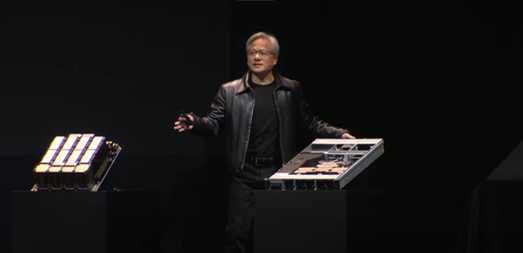
Fig. 1 Jensen Huang showcases the QuantaGrid S74G-2U on stage at his COMPUTEX keynote
With MGX, manufacturers can develop accelerated servers using modular components. These configurations support a range of GPUs, CPUs, data processing units (DPUs), and network adapters, including x86 and Arm processors.
Leading the charge, QCT was amongst the first to exhibit its hyperscale HPC-AI server with NVIDIA MGX architecture and the NVIDIA GH200 Grace Hopper Superchip at this year’s COMPUTEX, the QuantaGrid S74G-2U. The QCT QuantaGrid S74G-2U is the first server to introduce the NVIDIA Grace Hopper Superchip in conjunction with NVIDIA MGX architecture. The superchip combines seventy-two Arm Neoverse V2 cores connected by NVLink chip–to–chip high-bandwidth interconnect with the NVIDIA H100 Tensor Core GPU to deliver a coherent memory pool that excels at accelerating AI and HPC applications. The modular infrastructure is designed to support multiple system configurations and reduce time to market while providing a compatible platform for future CPU, GPU, and DPU solutions.
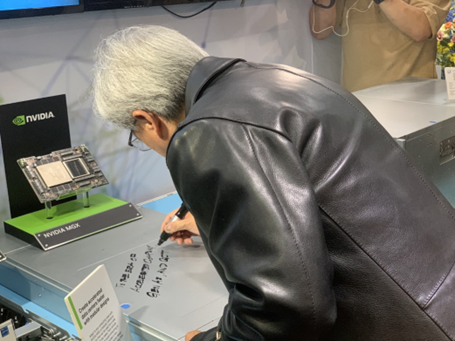
Fig. 2 Jensen Huang shows his support of QCT by leaving his signature on the QuantaGrid S74G-2U server
Huang came to the QCT booth on the first day of COMPUTEX to emphasize the years of collaboration with Quanta Vice Chairman and President C.C Leung and QCT President Mike Yang. Huang had already told global media and analysts in his morning session that he promised to visit the QCT booth, and in doing so, had an entourage of local news and media outlets following him to the third floor of the Nangang Exhibition Center.
After answering some questions, Huang moved to the NVIDIA section of the booth to sign the first-gen server with NVIDIA MGX modular infrastructure powered by the NVIDIA Grace Hopper Superchip. Huang, Leung, and Yang then joined a media gathering in the QCT booth, so that they could each give their take on AI as the future, and how accelerated computing and generative AI can coexist with people differently from the foothold of industrial computers of the past.
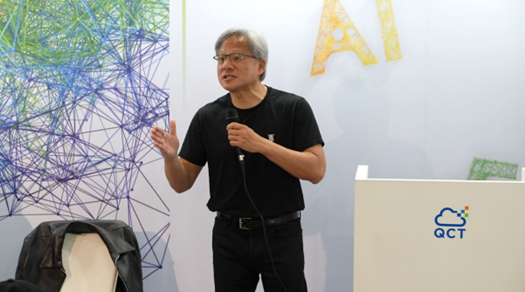
Fig. 3 Jensen Huang talks about the rebirth of the computer industry with accelerated computing and generative AI
Huang said that this is a rebirth of the computer industry and that he believes this will be a golden opportunity for Taiwan, because AI can help the world shape new forms of computers in data centers. While AI has great potential and unprecedented benefits, it is ultimately a product and service that helps humans, and should be regulated to achieve safety –whether in transportation, manufacturing, financial services or other fields. The hope for AI in the future is that it can advance all industries, from drug discovery for the treatment of diseases to climate modeling for better weather predictions.
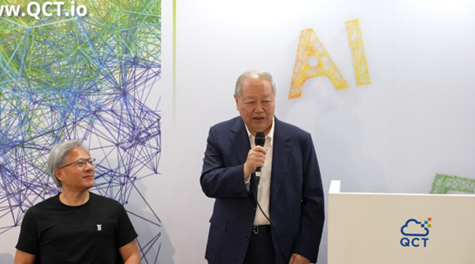
Fig. 4 C.C. Leung emphasizes his long-lasting friendship with Jensen Huang
C.C. Leung, Vice Chairman and President of Quanta, said that he and Huang have been good friends for more than two decades, especially in recent years. He deeply felt Huang’s enthusiasm and vision, and with his forward-thinking endeavors, he’s now a leader in the AI industry.
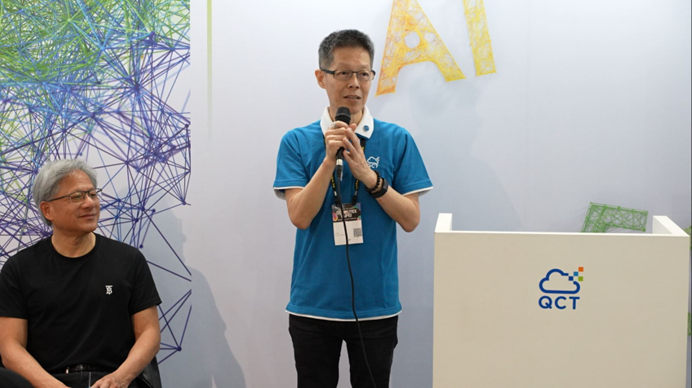
Fig. 5 Mike Yang talks about QCT’s strong design capability that allows the company to work with NVIDIA on cutting-edge platforms.
QCT President Mike Yang pointed out that the hottest topic is AI applications, and that the company has cooperated over the years with NVIDIA on even the smallest of details when designing AI technology – from the integration of accelerator cards to the future prospects of technology development.
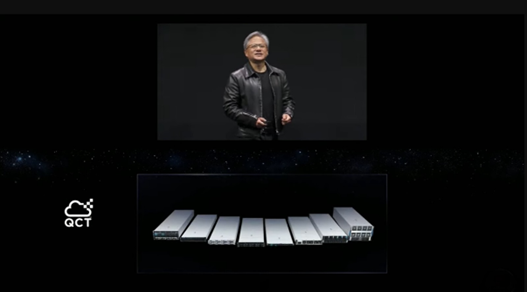
Fig. 6 Jensen Huang shows the lineup of QCT servers supporting NVIDIA’s latest innovations during his COMPUTEX keynote
QCT also carries a wide range of NVIDIA-Certified Systems that deliver leading inference performance across cloud, data center, and edge deployments. For smart manufacturing, QCT has integrated NVIDIA technologies, such as CloudXR, Omniverse, CUDA and the AI Enterprise software platform, with the QCT OmniPOD Enterprise 5G solution to pre-validate virtual tours, production-line simulation and object-detection use cases. For HPC and AI infrastructures, QCT POD also leverages NVIDIA GPUs, InfiniBand and CUDA to deliver better performance, allowing HPC and AI technologies to be run under one system architecture with a cloud-native scheduler and data-tiering tools.
For more information on QCT products featuring NVIDIA technologies, click here.
